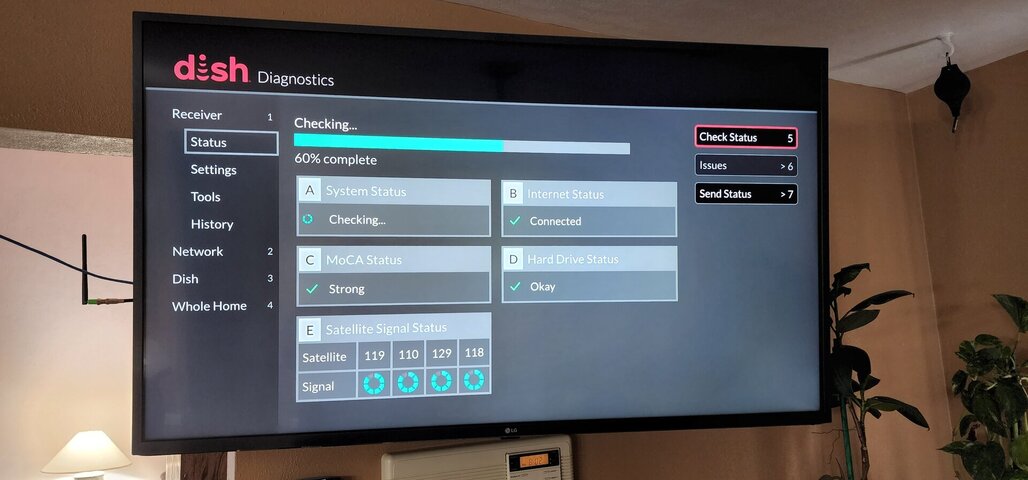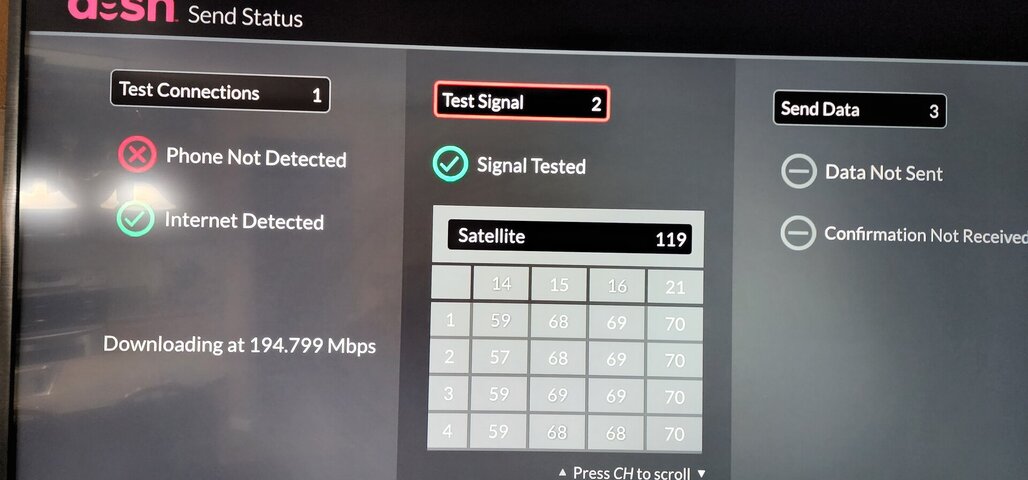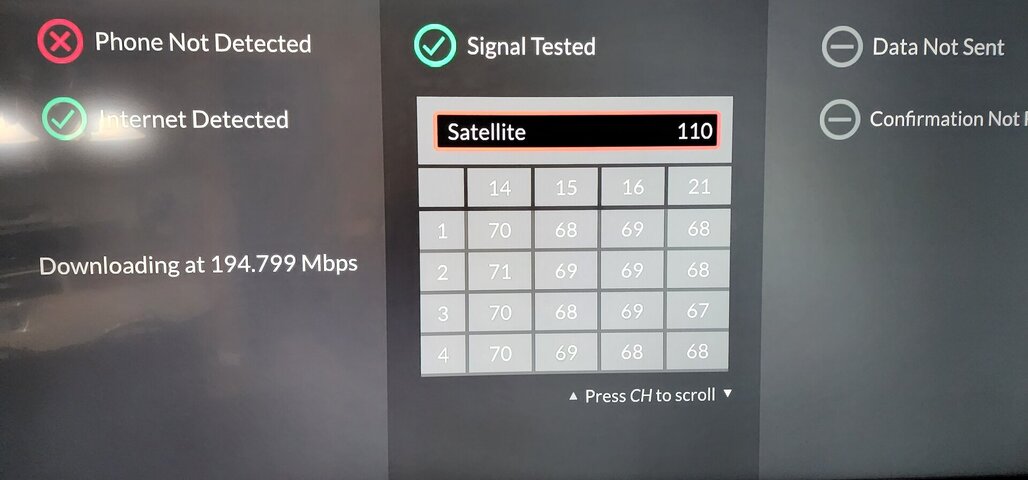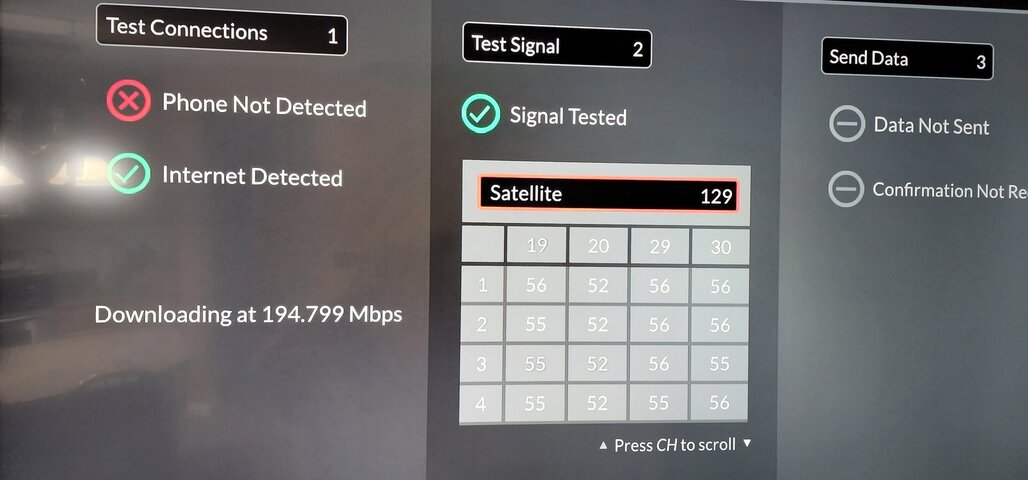I've come across this problem every now and then for quite some time.
Perhaps it is the fiber feed to Dish experiencing problems. OR-
My guess is this is a issue at Dish, as in either tweaking or perhaps the statistical multiplexing can NOT resolve the demand for the data (channels and their content) at high demand moments, which means Dish is pushing the limits of the encoders, in these now declining days of satellite TV causing cut backs on getting the latest encoders.
I have NEVER gotten anyone who would be in the know to confirm if Dish is still regularly changing-out the (MPEG 4, especially) old encoders for the latest, most capable encoders as they used to. I can only presume that Dish no longer does this change-out for the highest quality and reliability transmissions of the audio and picture data. That is a guess.
OR- some other goings on at Dish with tweaking to prepare for adding MORE channels to already, IMHO, overstretched transponders that can go beyond the limits of the statistical multiplexing at key high demand times.
My vote is Dish has put in cost saving measures that now erode the quality of Dish viewing experience at home. The problems stated in this thread has also happened others I know who have Dish. PQ on Dish has noticeably decreased over the last few years, and is NOT at what it used to be, and that, too, is likely a cost cutting matter.
While I would prefer Dish to really fix these problems, if they don't, I may be among those moving to streaming MVPD's like others have. It has always been the superior Dish experience that has kept me a subscriber, and that dear old mom can NOT work those stupid connected devices remotes for any TV watching; only Dish remotes for now.
IF anyone knows, please chime in with what has been going on for a very long time for these often reported "transmission" issues. Please, Dish, fix this please.






